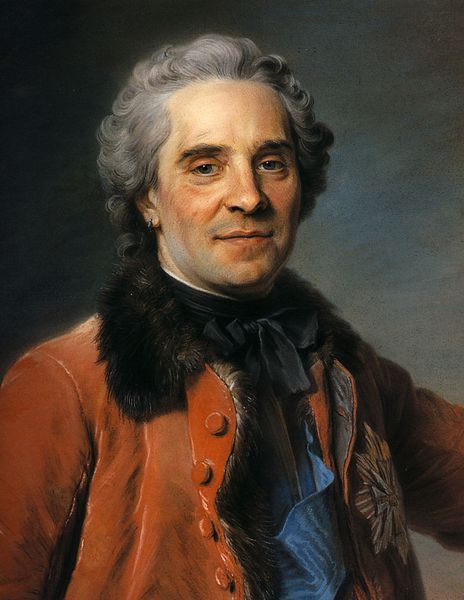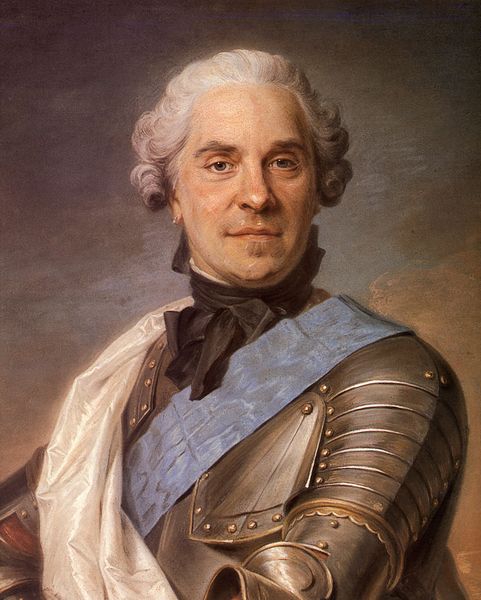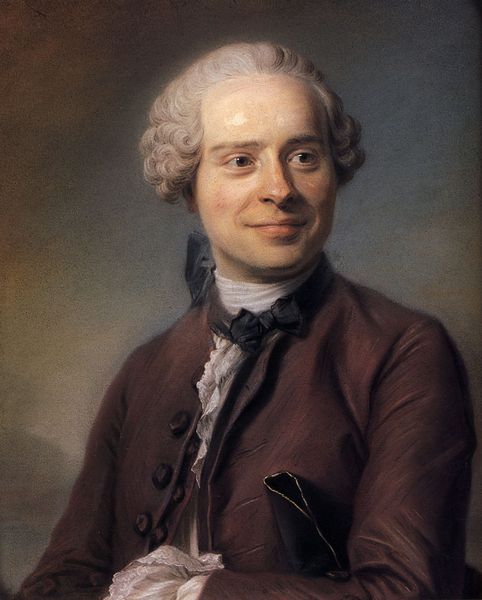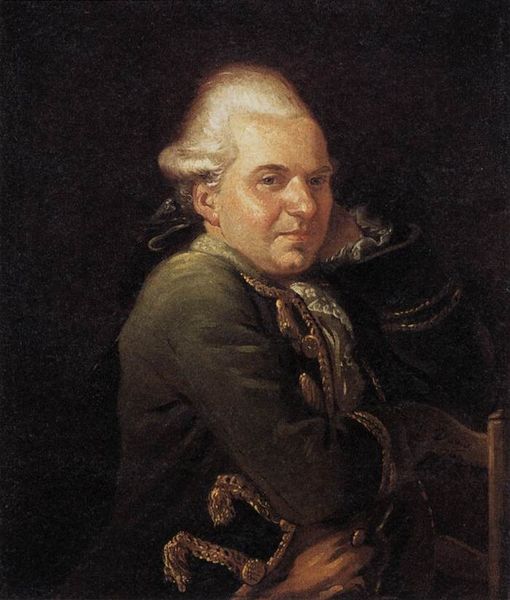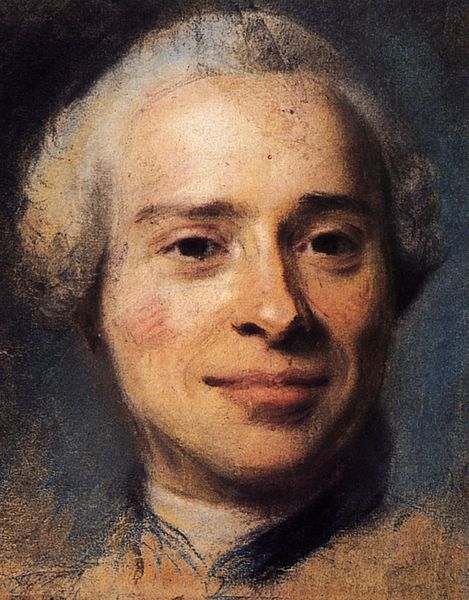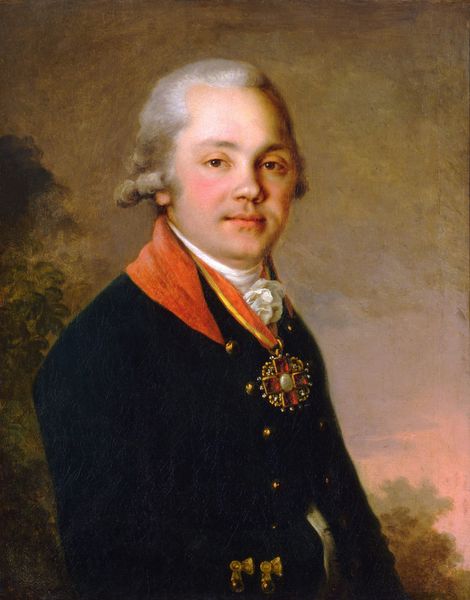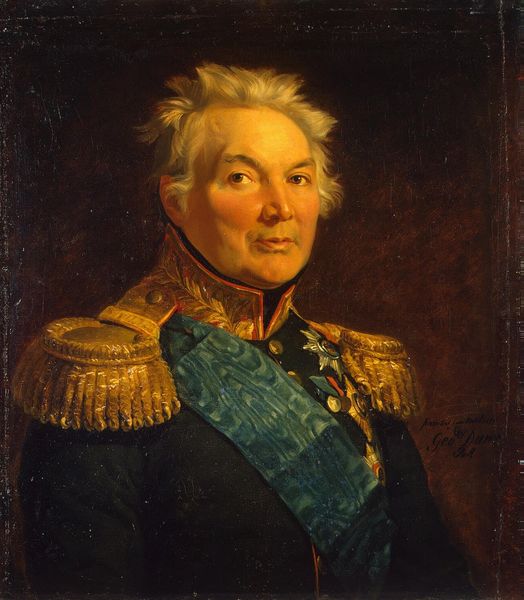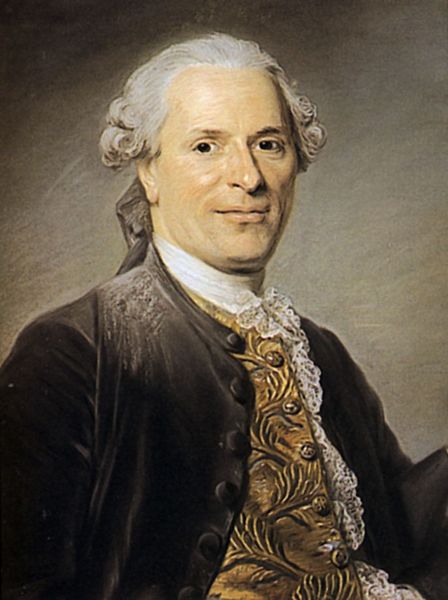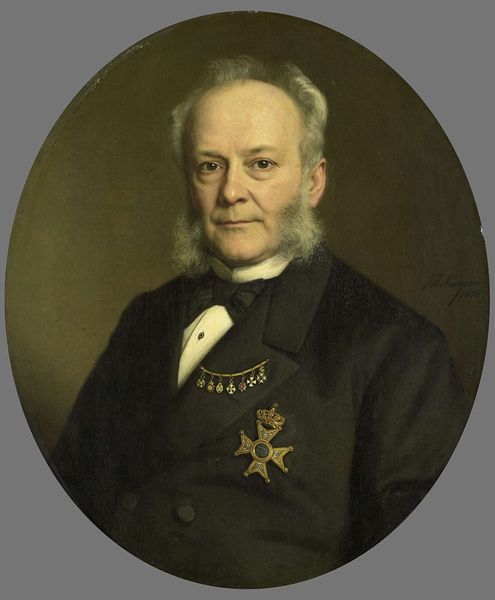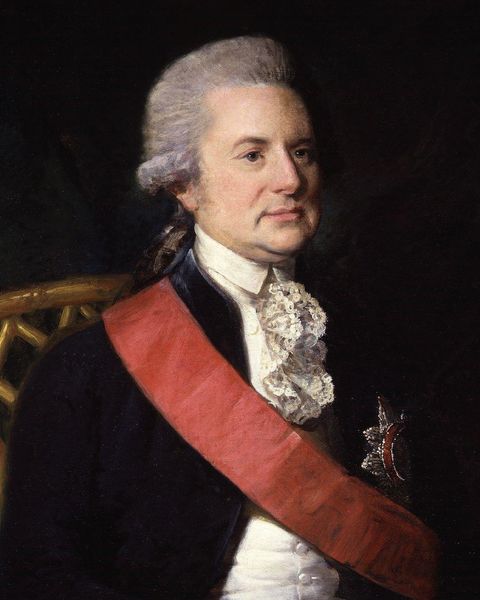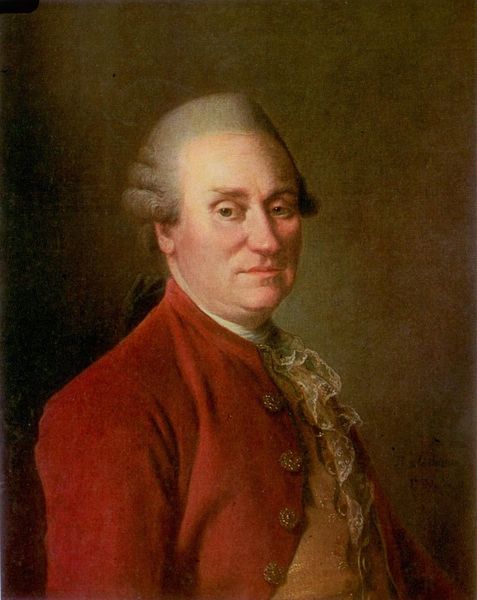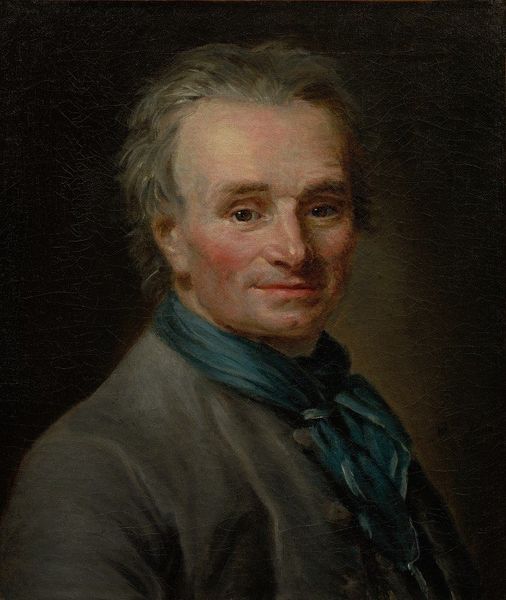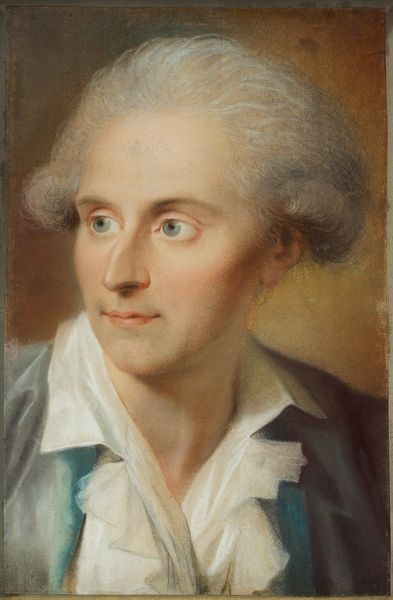
painting, pastel
#
portrait
#
portrait
#
painting
#
pastel
#
history-painting
#
realism
#
rococo
Dimensions: 24 x 62 cm
Copyright: Public domain
Curator: Looking at Maurice Quentin de La Tour's pastel from 1747, "Portrait of Maurice of Saxony", I find myself drawn to its almost uncanny realism, especially given the Rococo era's penchant for embellishment. Editor: There's an undeniable sense of world-weariness in his eyes that completely overshadows the frills and powdered wig, a kind of proto-melancholy of the enlightened elite. Curator: Precisely! The slight flush in his cheeks, the almost imperceptible smirk—these feel deeply human, breaking from idealized portrayals of the time. Pastel, as a medium, lends itself beautifully to capturing these subtle textures, wouldn't you agree? It practically glows. Editor: Absolutely, but the Rococo style can also be read as deeply political, signaling privilege and power within the rigidly hierarchical society of 18th-century Europe. This isn't just a portrait of a man; it's an image manufactured for posterity. Curator: Of course, the symbols of military power are there. The gaze holds more, though. Consider the open neck. While aristocratic, it seems a purposeful unveiling and almost feels psychologically very modern to our eyes. The bright clothing brings one's gaze to the subject's face and emphasizes their human qualities over their status symbols. Editor: That tension you describe, the push-pull between his portrayed identity and the rigid structure of the portrait as a genre, becomes so visible to us in this day and age, with so much modern dialog around social justice. Curator: True! These artists used symbolic details for various reasons - to create the sense that there are human and social connections in a world that, on the surface, may be obsessed with grandeur and pomp. In our world of mass image dissemination, we do the same thing constantly. Editor: Looking closely allows us to decipher social dynamics coded in art, not to celebrate wealth, fame or beauty, but to truly read through the values of previous civilizations and our own. Curator: Indeed, La Tour's rendering of Maurice compels us to decipher the human story beyond the gilded frame, to understand both its time and our own through his astute portrayal of a personality.
Comments
No comments
Be the first to comment and join the conversation on the ultimate creative platform.
